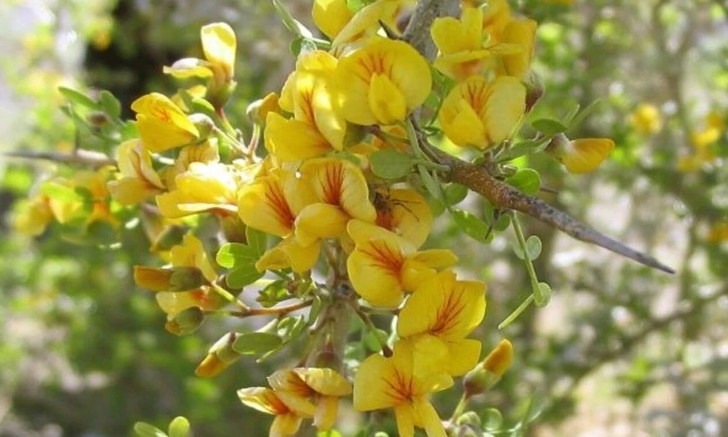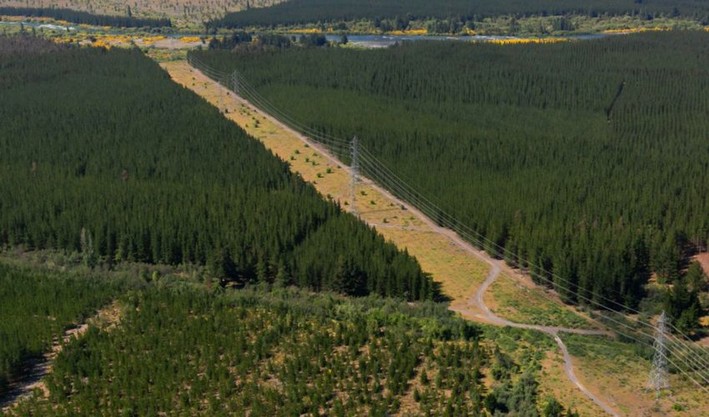Despite its modest appearance, the chañar (Geoffroea decorticans) is a tree that embodies centuries of adaptation, culture, and resilience. It blooms in the heart of winter and bears sweet fruits on the cusp of spring, just when most trees are still dormant.
Native to the sclerophyllous forests and arid regions of the southern cone, this tree has been a silent companion to indigenous peoples, desert guardians, and resilient farmers. Today, its recovery is not only an ecological endeavor but also a way to reconnect with the native landscape and the living memory of these territories.
A Tree with History
The chañar has been valued since pre-Columbian times. Its fruits were harvested by indigenous peoples to consume fresh or dried and were also used to prepare a fermented beverage. Today, its use persists in medicinal preparations, especially cough and asthma syrups made from its cooked fruits.
Chañar fruits: small pods with sweet and aromatic pulp, traditionally harvested by indigenous communities. Photo: Cabalgatas Chile (2020).
In some regions, the bark and leaves of the chañar also have traditional applications. They are attributed anti-inflammatory, emollient, and healing properties. Additionally, its dense and durable wood was historically used to make tools and carpentry items.
In Chile, it can be cultivated from the Coquimbo Region to the northern part of the Maule Region, and even in inland areas of O’Higgins, as long as there is good sun exposure and well-drained soils. Under ideal conditions, it can also thrive in urban gardens if watering is controlled.
Cultivation Recommendations:
Propagation: It can be grown from seeds, which should be scarified before sowing to encourage germination. This is achieved by gently sanding the hard coat or soaking them in warm water for 12 to 24 hours.
Sowing Season: Late winter or early spring, in a nursery or directly in the final planting site.
Substrate and Soil: Prefers loose, well-aerated soils. Tolerates poor soils but not waterlogged ones.
Location: Full sun. Does not tolerate prolonged shade.
Watering: Only during the first year while it develops deep roots. Afterward, it is drought-resistant.
Spacing: Leave at least 4 meters between specimens to allow for proper tree development.
Once established, the chañar may grow slowly but forms a generous canopy and withstands extreme heat, wind, and water scarcity.
A Tree with Exceptional Ecological Value
The chañar plays a key role in the arid ecosystems of north-central Chile. It is part of the sclerophyllous forest, a globally unique type of vegetation that now faces high levels of degradation and fragmentation. In this context, the chañar actively contributes to biodiversity, not only as a well-adapted native species but also by providing food and shelter to a variety of insects, birds, and small mammals.
Its winter flowering is particularly valuable for pollinators, as it provides nectar and pollen during a period when other flowers are scarce. Moreover, its ability to thrive in degraded soils and endure long droughts makes it essential for ecological restoration efforts, where species that can sustain themselves without supplemental watering or intensive management are sought.
Thanks to its deep root system, the chañar helps stabilize eroded soils, contributing to halting desertification in exposed areas. All this, combined with its low maintenance, makes it an attractive option for reforestation in arid or semi-arid environments, both in rural and urban settings.
Source:Meteored







Comments (0)
No hay comentarios aún. ¡Sé el primero en comentar!
Deja un comentario